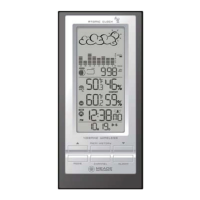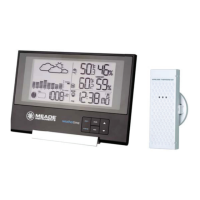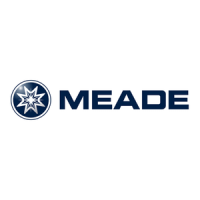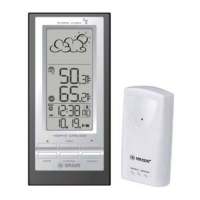What to do if Meade Weather Station data does not match data on the main unit?
- MMartin HicksJul 26, 2025
If the data on your Meade Weather Station doesn't match the main unit's data, try initiating a manual sensor search by pressing and holding the DOWN button on the main unit.




